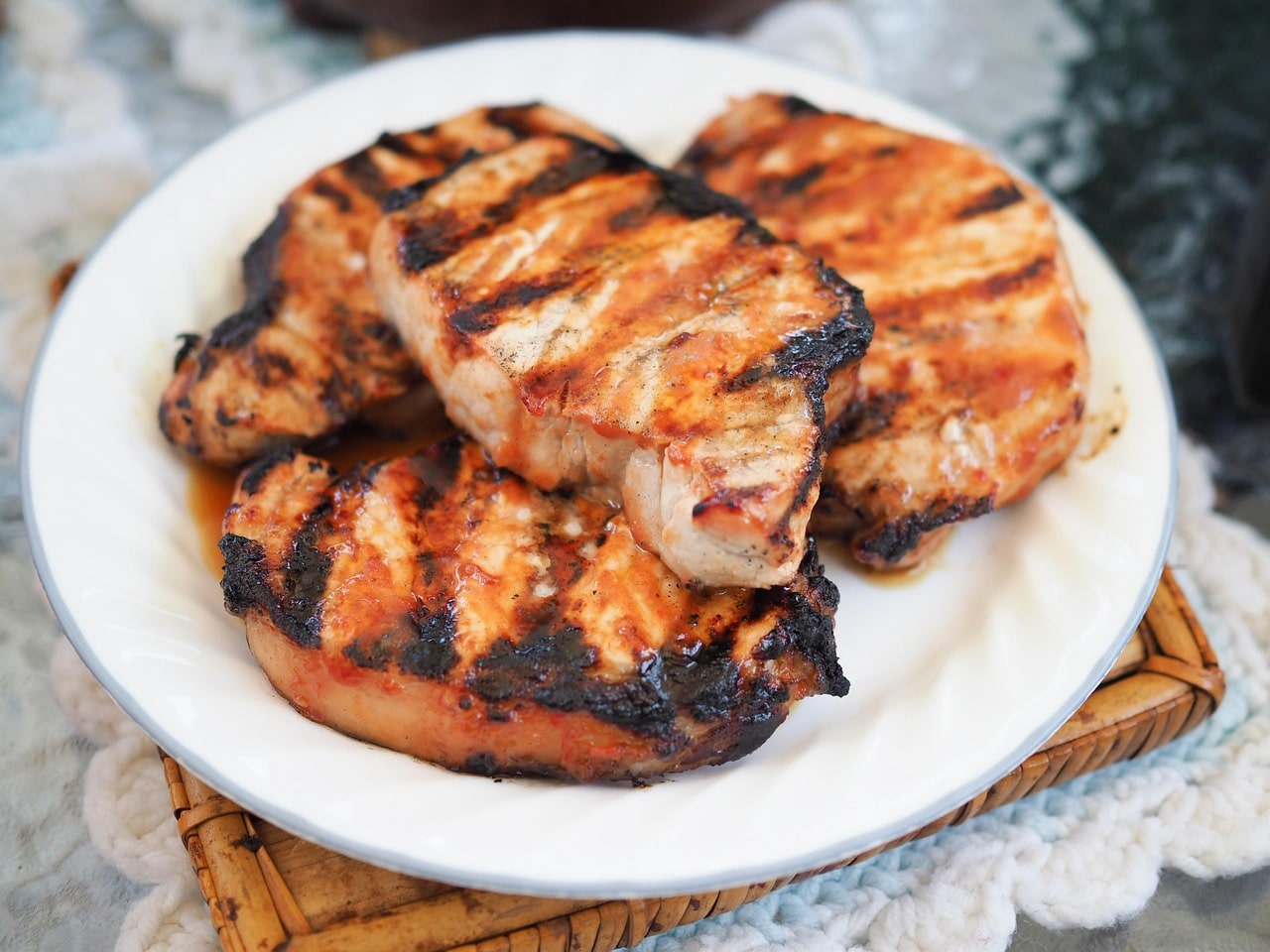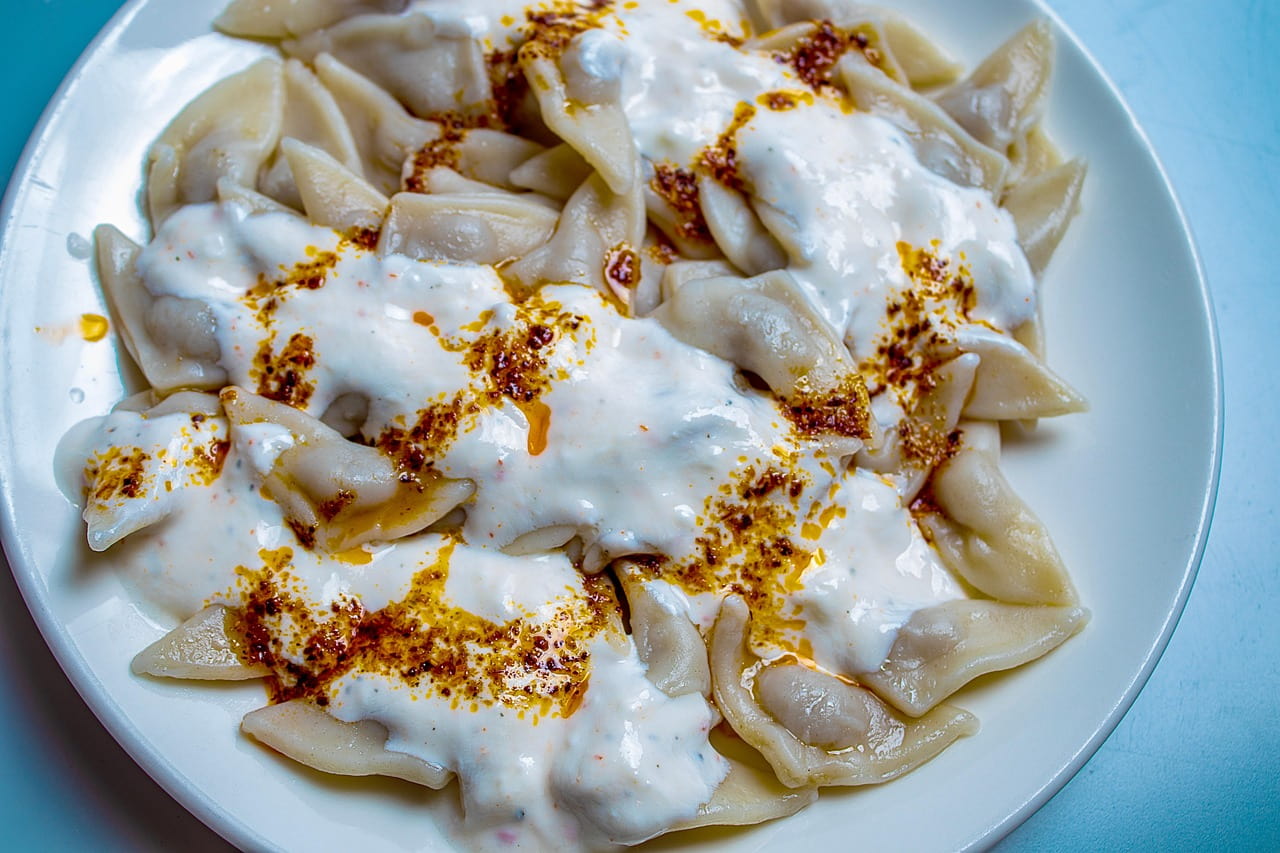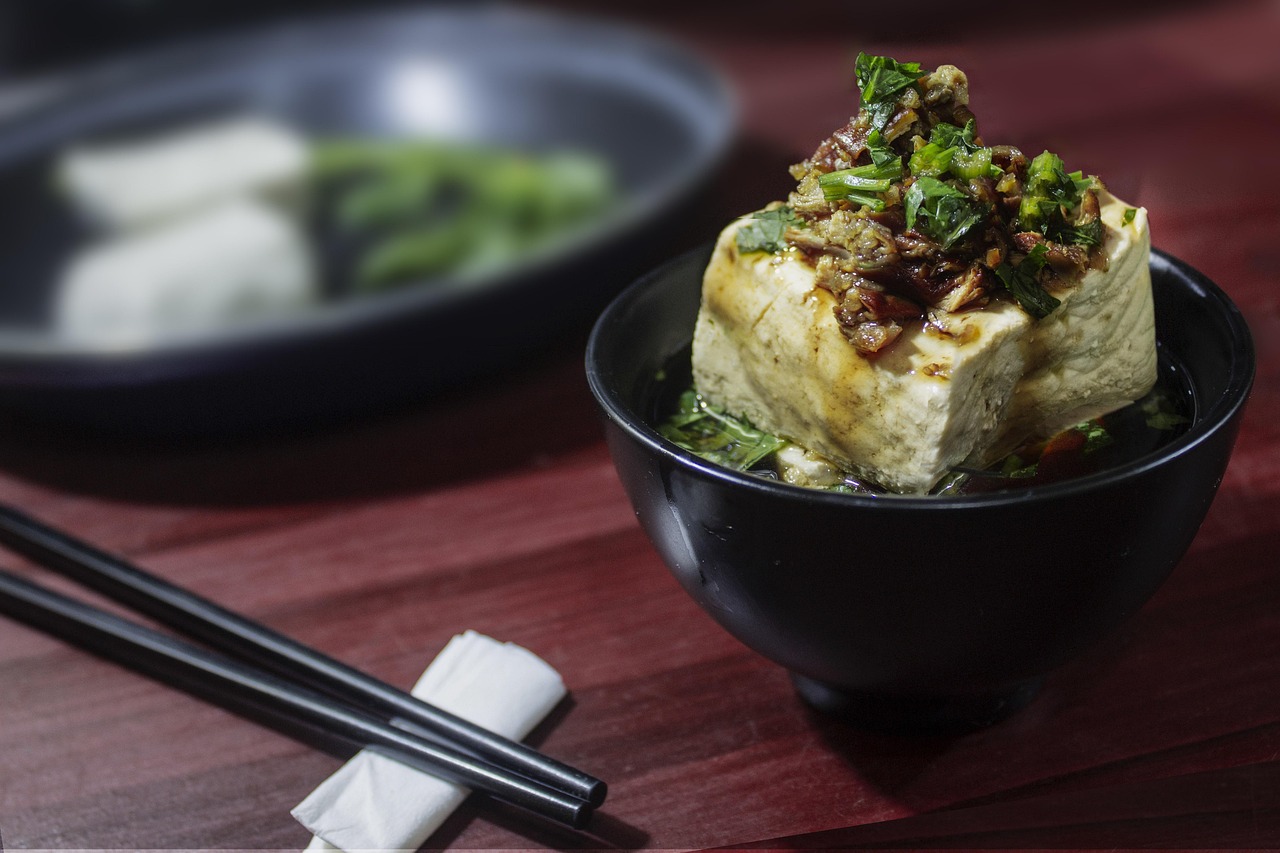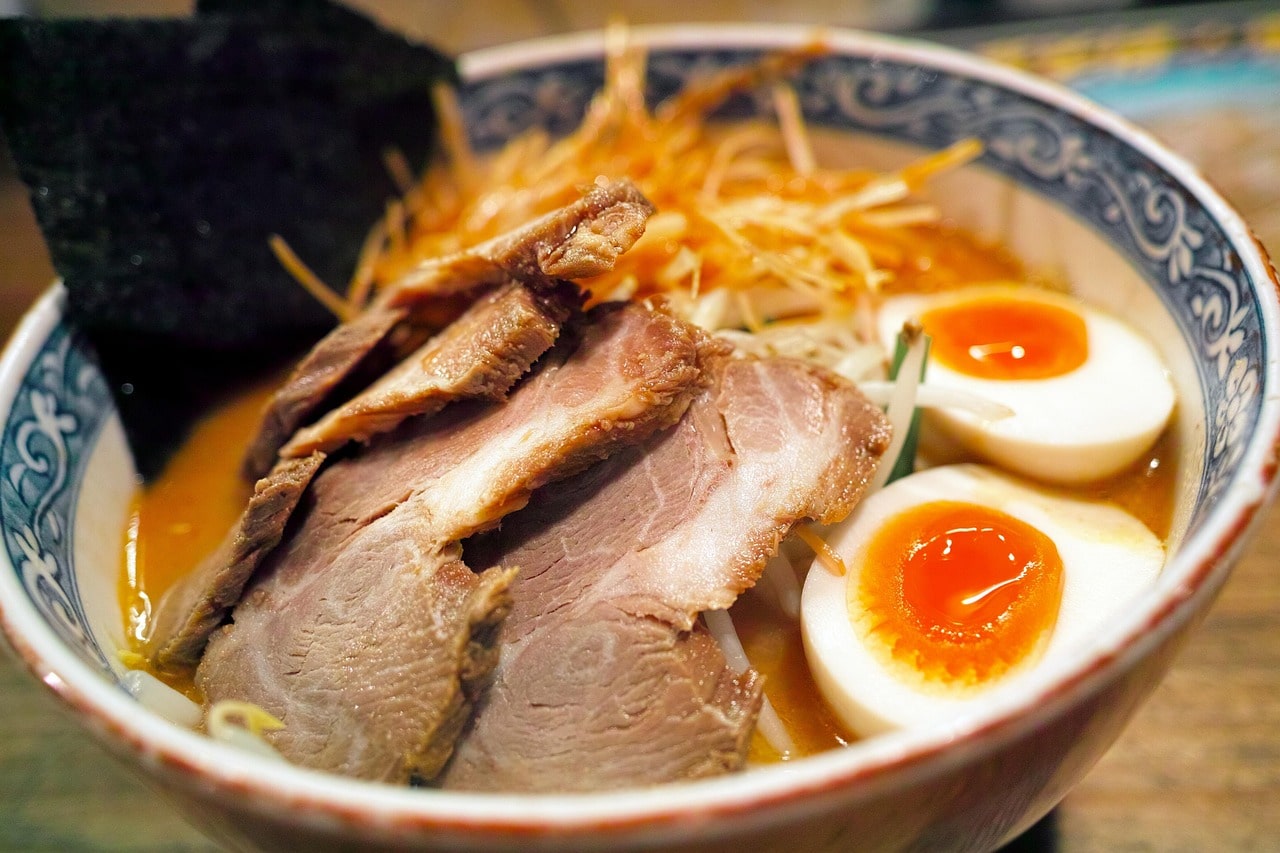Classic croissants are buttery, flaky pastries made from laminated dough. A French bakery staple, they’re perfect for breakfast or as a light snack.

Ratings 05

What Are The Croissants?
Initially from Austria, a pastry is a buttery, flaky, crescent-shaped pastry that is most usually associated with French cuisine. It is made using a laminated dough, a technique where dough and butter are folded together multiple times to create thin, crisp layers.
01. Key Characteristics Of Croissants
- Shape: Traditional crescent form
- Texture: Light, airy, and layered inside; crisp and golden on the outside
- Flavor: Buttery and slightly sweet
- Procedure: That used a yeast-leavened dough with layers of butter folded through (believe yeast-leavened puff pastry).
02. History
- As far back as the 13th century, the croissant’s beginnings could be discovered in the Austrian crescent bread recognized as kipferl.
- Spread around the 19th century, modern interpretation has grown in popularity in France and has since as a main pillar of French bakeries and breakfasts.
03. Common Varieties
- Plain Croissant – Classic version with no filling
- Pain au Chocolat: A rectangular cocoa delight
- Almond pastries have been packed with amla coconut creme and have slender strips on top.
- Ham & Cheese Croissant – Savory version, often with béchamel or Swiss cheese
Health Benefits Of Croissants
Furthermore, although pastries are still awareness part of a healthy diet. snack or decadence, they provide a limited amount of nutritional content when consumed in moderation as
01. Source of Energy
- Carbohydrates, which are plentiful in croissants, give you energy quickly.
- Ideal for breakfast or a midday snack when energy levels are low.
02. Contains Protein
- Made with flour, milk, and sometimes eggs, croissants contain small amounts of protein.
- Adding fillings like cheese, ham, or almond cream can increase the protein content.
03. Contains B Vitamins
- The yeast and enriched flour in croissants offer B vitamins like B1 (thiamine) and B2 (riboflavin), which help convert food into energy and support brain function.
04. Provides Essential Fats
- Butter, though high in saturated fat, also provides fat-soluble vitamins like Vitamin A, which supports eye and immune health.
- Fat is essential in small amounts for hormone production and brain function.
05. Mood-Boosting Comfort Food
- Croissants can act as a comfort food, potentially boosting mood due to pleasurable taste and aroma.
- Eating enjoyable foods mindfully can contribute to emotional well-being.
06. Things To Keep In Mind
- High in calories and saturated fats: Excessive consumption can contribute to weight gain and heart health issues.
- Low in fiber: Typically made from refined flour, which lacks fiber unless whole wheat is used.
- Not suitable for restrictive diets: Standard croissants may not fit into vegan, low-carb, or gluten-free diets.
Tip:
A croissant’s nutritional balance can be enhanced by having to serve it with foods high in fiber or protein, such as fruit or eggs.
Other Names That Can Be Used For A Croissants
While “croissant” is the most common and recognized term, especially in French and international cuisine, there are a few alternative names or related terms based on shape, filling, or regional variations:
01. Common Alternative Names & Variations
- Butter Croissant – Highlights the use of butter as the main fat
- Plain Croissant – Used to distinguish it from filled or flavored versions
- English-speaking nations frequently use the descriptive term “French Crescent Roll.”
- Breakfast Pastry – General category it falls under
- Viennoiserie – A French term for baked goods made from laminated dough (croissants, pain au chocolat, etc.)
02. Related Variations (Different Names)
| Name | Description |
| Kipferl | the croissant’s Austrian forefather, has been denser and less layered. |
| Pain au Chocolat | rectangular pastry filled with chocolate, often called “chocolate croissant” outside France |
| Almond croissant | Almond cream and sliced almonds are being used to fill and top pastries. |
| Ham and Cheese Croissant | Savory version with fillings like ham, Swiss cheese, or béchamel |
| Mini Croissant | Small, bite-sized version often served at events or as snacks |
| Crescent Roll | simplified American version, usually made with pre-made dough like Pillsbury |
FAQ Croissants
Here are some frequently asked questions about croissants:
01. Are Croissants French Or Austrian?
Answer:
Croissants originated from the Austrian kipferl, but the laminated, flaky version we know today was developed in France in the 19th century. So, they’re Austrian in origin, but French by refinement.
02. What Is Laminated Dough?
Answer:
Layers of butter have been rolled up into yeast-leavened dough, then the dough is repetitively and started rolling to start creating laminated dough. This helps give the croissant its own strikingly layered, flaky texture.
03. Can Croissants Be Made Without Butter?
Answer:
Yes, but traditional croissants rely heavily on butter for flavor and texture. You can substitute with plant-based margarine for vegan versions, though results may vary slightly.
04. How Do I Store Croissants?
Answer:
- Room temperature (1–2 days): Keep in an airtight container.
- Fridge (up to 1 week): Can dry them out, so reheat before eating.
- Freezer (up to 2 months): For best results, wrap tightly and reheat in the oven.
05. How Do I Reheat Croissants?
Answer:
Bake for 5 to 10 minutes at 350°F (175°C) in a preheated oven. This restores crispness. Avoid microwaving as it makes them soggy.
06. Are Croissants Sweet Or Savory?
Answer:
Croissants are neutral to slightly sweet. . They can be ingested savory (like ham and cheese), sweet (like chocolate or almond cream), or plain.
07. Can I Make Croissants At Home Easily?
Answer:
Croissants are time-consuming and involve technical steps like laminating, but they can be made at home with patience and practice. Some use store-bought puff pastry as a shortcut.
08. Are Croissants Healthy?
Answer:
Croissants are high in butter, refined flour, and calories, so they’re best enjoyed in moderation as an occasional treat.

Croissants
Ingredients
- 4 cups (500g) all-purpose flour
- 1/2 cup (100g) granulated sugar
- 2 1/4 tsp (7g) active dry yeast
- 1 1/4 tsp salt
- 1 cup (240ml) warm milk (110°F / 45°C)
- 2 tbsp unsalted butter, melted
- 1 1/4 cups (285g) cold unsalted butter (for laminating)
- 1 egg (for egg wash)
Instructions
Make The Dough (Day 1)
- In a mixing bowl, combine warm milk, sugar, and yeast. Let sit for 5–10 minutes until foamy.
- Add flour, salt, and melted butter. Mix until a dough forms.
- Knead the dough for about 5 minutes until smooth.
- Shape into a rectangle, wrap in plastic, and refrigerate for at least 1 hour (or overnight).
Prepare The Butter Block
- Place cold butter between two sheets of parchment paper.
- Pound and roll into a 6×8-inch (15×20 cm) rectangle.
- Chill until firm but pliable, about 15–30 minutes.
Laminate The Dough (Day 2)
- Roll out the dough into a 10×20-inch (25×50 cm) rectangle.
- Place the butter block in the center and fold the dough over it like a letter (called a "book fold").
- Roll and fold the dough into thirds (a "single fold"). Chill for 30 minutes.
- Repeat rolling and folding 2 more times, chilling between each fold.
Shape The Croissants
- Roll the laminated dough into a large rectangle (about 1/4 inch thick).
- Cut into long triangles (base about 4 inches wide).
- Starting from the base, roll each triangle toward the tip to form the classic crescent shape.
- Place on a baking sheet lined with parchment paper.
Proof The Croissans
- Cover loosely with plastic or a towel.
- Let rise in a warm spot for 1.5–2 hours, until puffy and doubled in size.
Bake
- Preheat oven to 400°F (200°C).
- Brush croissants with beaten egg for shine.
- Bake for 15–20 minutes or until golden brown and crisp.
Cool And Enjoy
- Let croissants cool slightly on a wire rack before serving.
-
BBQ Pork
Authentic Pork BBQ recipe with soy sauce, garlic, and ketchup marinade. Perfect for grilling, picnics, and family gatherings. Ratings 05 What Is the BBQ Pork? This same popular grilled dish is recognized as “pork barbecue” until it becomes made from marinated pork that is generally skewered on sticks and cooked over hot charcoal or an…
-
Ravioli
Learn how to make homemade ravioli with fresh pasta dough and delicious fillings like ricotta and spinach. Includes ingredients, step-by-step instructions, health benefits, tips, and FAQs. Ratings 05 What Is The Ravioli Ravioli is a traditional Italian stuffed pasta that’s popular worldwide. It is formed by interspersing a stuffing of cheese, meat, or vegetables between…
-
Tofu
Tofu recipe guide: ingredients, cooking instructions, health benefits, tips, and FAQs. Perfect vegetarian protein for healthy meals. Ratings 05 What Is The Tofu Tofu is a plant-based protein made from soybeans. It’s created by curdling fresh soy milk, pressing the curds into a solid block, and cooling it — a process similar to cheesemaking. Tofu…
-
Spaghetti
Spaghetti recipe with ingredients, step-by-step cooking instructions, health benefits, tips, and FAQs to make perfect Italian pasta at home. Ratings 05 What Is The Spaghetti? Spaghetti is a long, thin, cylindrical pasta that originated in Italy and is one of the most popular types of pasta in the world. 01. Common Spaghetti Dishes: This is…
-
Ramen
Easy homemade ramen recipe with step-by-step instructions, health benefits, cooking tips, and FAQs for the perfect Japanese noodle soup. Ratings 05 What Is Ramen? Made with wheat-based noodles and served in a flavorful broth. Ramen is also is yet another form of Japanese noodle soup generally ready with green onions, sliced pork (chashu), seaweed, soft-boiled…






Leave a Comment